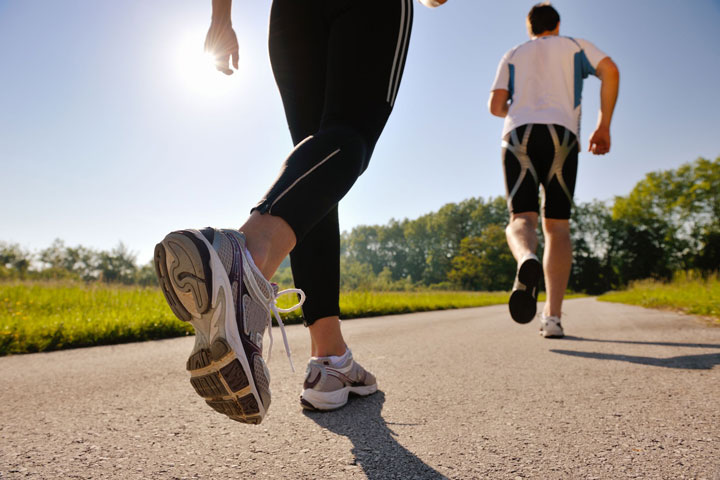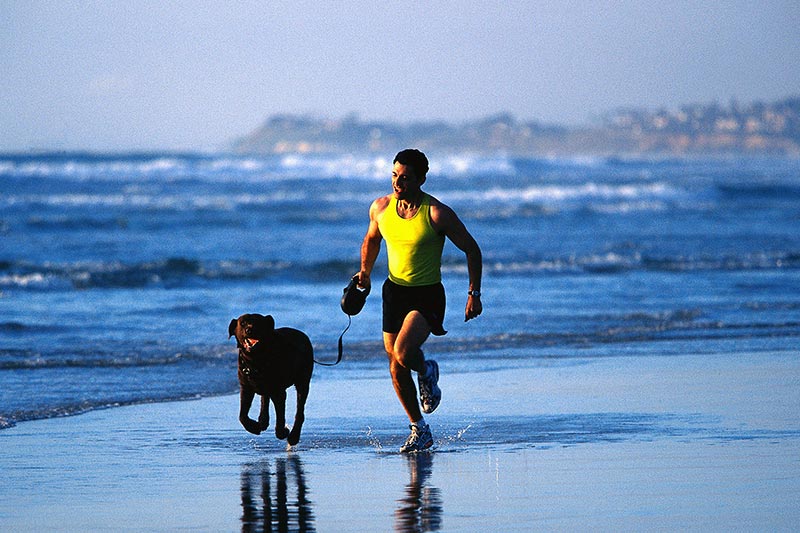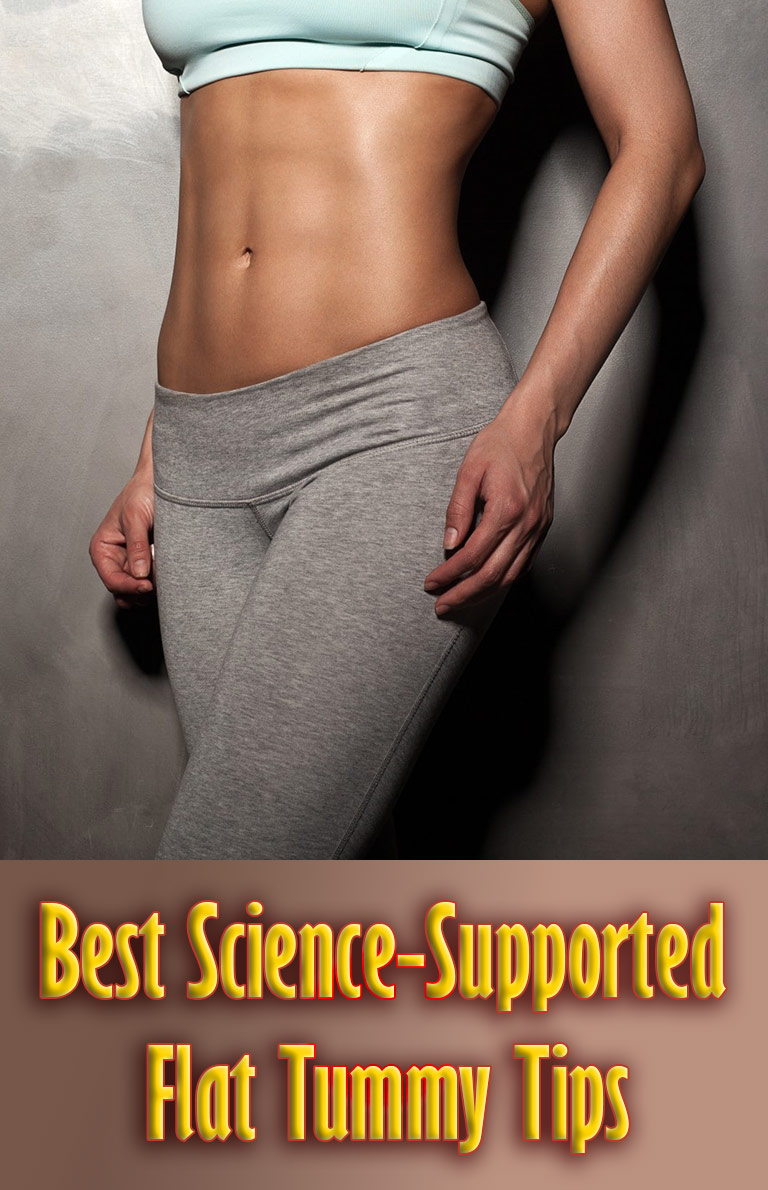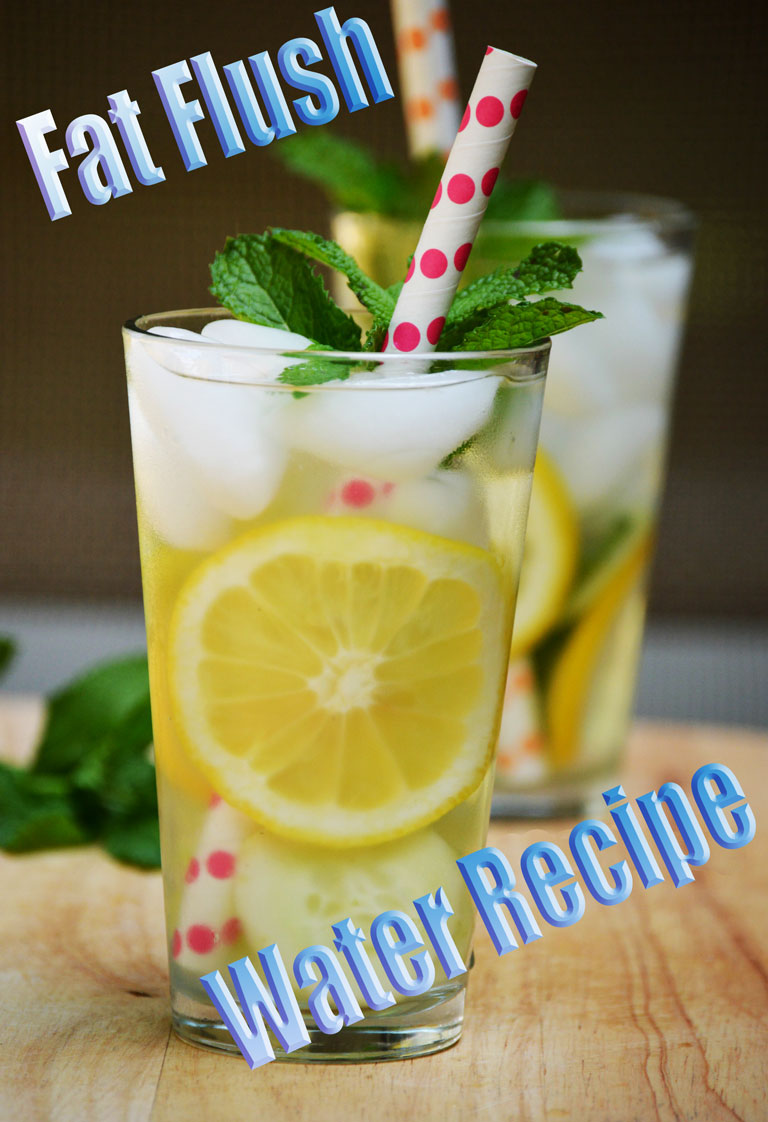
Melt Away Stress With A Little Exercise
Outside of soccer, running is the most popular participatory sport in the world, and for good reasons.
It’s an efficient cardio workout. Running is the most effective way to boost cardiovascular fitness and burn body fat in the shortest time. If you run at a pace of six miles per hour for one hour, you will burn roughly 700 calories. That’s roughly one-fifth of a pound of pure body fat in one workout.
It’s cheap. You don’t have to join a gym or buy fancy gear. The only equipment you need is a good pair of shoes, socks, shorts and a T-shirt. You can jog in a local park or on a high school track–or better yet, just lace up and step out your front door.
It melts away stress. Running is just you, the terrain, your breathing and the sound of your feet. After about 20 minutes of steady running, the pressure of everyday life gives way to a clearer perspective. Running also releases endorphins, those “feel-good” natural chemicals your body produces that ease pain and elevate mood. That’s where the term runner’s high comes from.
It’s good for your health. As a weight-bearing exercise, running strengthens your bones and helps prevent osteoporosis—particularly important to women as they age. It also works wonders on your heart, dramatically reducing your risk for heart disease. That’s because running is an aerobic form of exercise. All that huff-and-puff work helps to improve the condition of your cardiovascular system, lowers your blood pressure and helps to keep your arteries clear.
Still, running carries the highest incidence of pain and injury of any physical activity. Serious runners often lament every tendinitis known to humankind. They’ve even discovered some new ones. And unless you’re a very experienced runner, the run is likely the toughest part of the triathlon. Because it’s the last leg of the race, you start off the run already feeling fatigued from the swim and the bike portions. That’s where proper training comes in. With the tips and workouts in this chapter, you’ll be running fleet of foot and pain-free in no time—and crossing the finish line with energy to spare.
Choose the Right Gear
Your running shoes determine how much impact and stress your body absorbs, because each time you take a step, force travels from the ground up through your body. Running shoes protect your feet, ankles, knees, hips and even your back from this stress.
“The most important step in choosing the right running shoe is to determine your individual biomechanics, or in other words, how you move,” says Sam A. Labib, M.D., an assistant professor of orthopedic surgery at Emory University and a specialist in foot, ankle and sports medicine. When you run, observe how you land on your shoes.
If you land on your heel and roll to the outside edge of your shoes, you are a supinator. If you roll to the inside edge, you are a pronator. If you roll gracefully up the middle to your toes, you are gifted with being neutral. No matter how your foot rolls, if you weigh more than 180 pounds, you need extra cushioning.







Leave a Reply